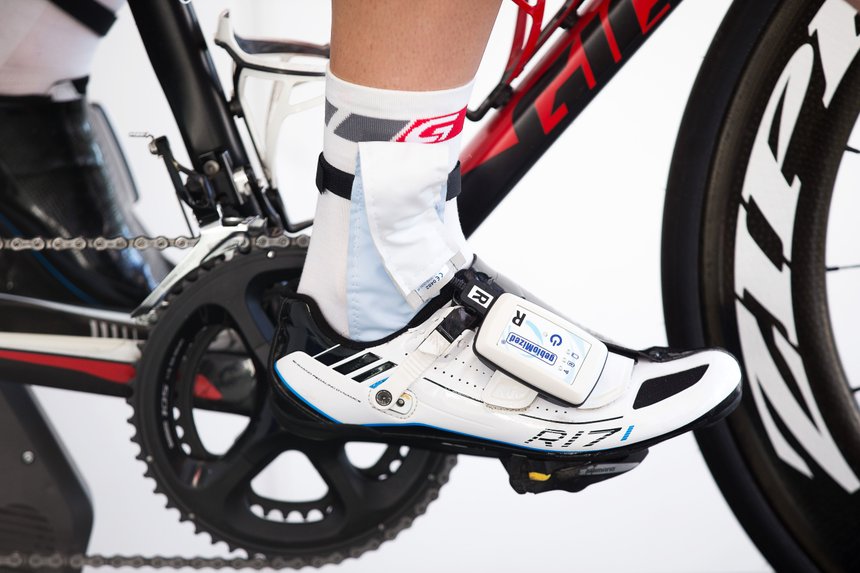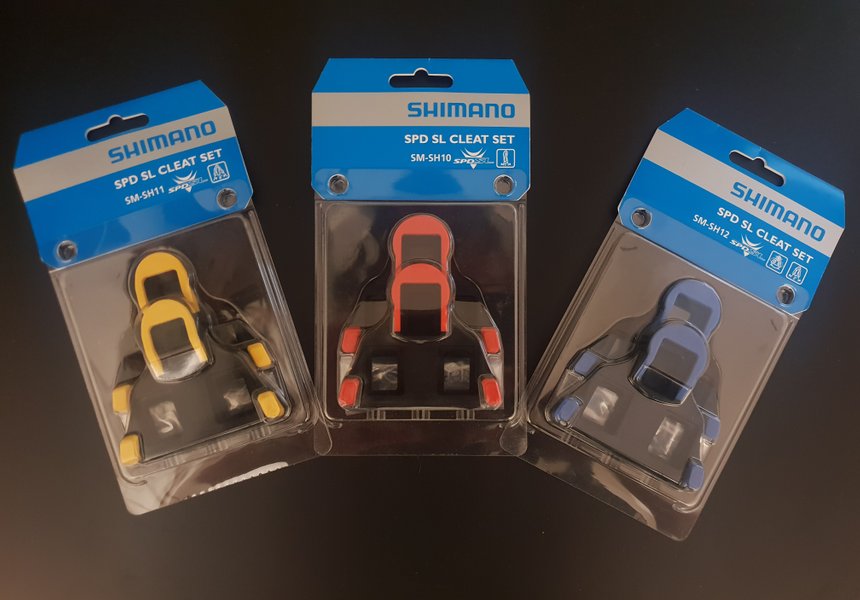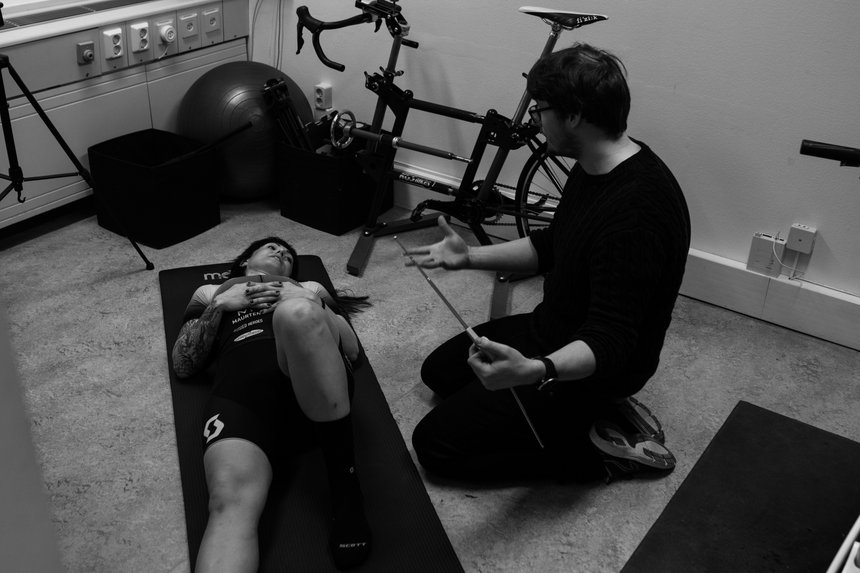The abundance of options available for pedals and cleats can make choosing the correct combination for you both challenging and a little daunting. There are a number of factors (e.g., cleat life, bearing quality) you need to take into account when making your decision but at the forefront of your decision should be float.

What is float?
Float refers to the degree of heel rotation required to disengage the cleat from the pedal.
Degrees of float
Different manufacturers provide cleats with differing degrees of float:
Shimano
Look
Speedplay

Do you need float?
For a lot of riders having some degree of float is beneficial. The slight loss of power transfer efficiency associated with float is, for many, far outweighed by the reduced injury risk. When a cyclist / triathlete opts for fixed cleats, with 0 degrees of float, their feet and hips are locked in position closing the kinetic chain. This increases the risk of knee injuries as the knee joint ends up taking all the pressure that is needed to stabilise the pedal stroke.
How much float do you need?
The amount of float you need is determined by a number of different factors including your biomechanics (e.g., hip, knee and foot stability), riding style and to some extent knowledge. I mention the latter as it is very important if you wish to ride with 0 degrees of float that you are confident in setting your cleats up and know your optimal position otherwise injuries are likely to ensue.

Final Thoughts
So, I guess the take home message is that generally some degree of float is best but it is worth seeking the advice of a professional regarding which degree is right for you! We are always happy to help with this and any other questions you may have in regards to cleat, pedal and shoe options!
If you would like any more information or advice about how to set up your cleats or the right cleat option for you, please get in touch.